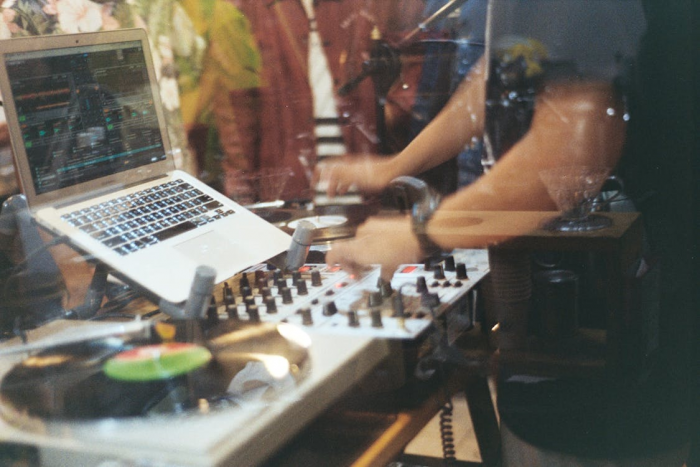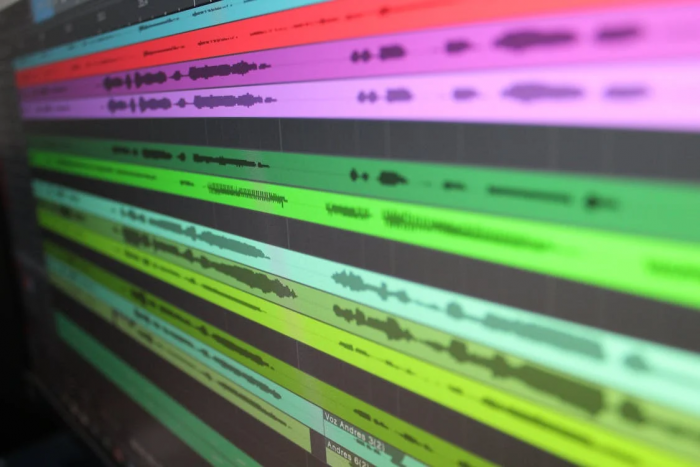Radio has always played the vital role of tastemaker in music. That role is alive and well. It's just that the medium of radio has changed to playlists. For emerging artists and new music, playlists have become the new radio. Here's why. Playlists Link Artists to New fans. One main purpose of radio has always been to link new artists to new listeners. Radio stations would create their playlists depending on what they believed their listeners would want to hear. The same is true of the streaming playlists available today, editorial, algorithmic, or user-generated. Playlists look a lot like radio. You open a playlist, and it starts playing music immediately. There's usually little to no interruption between songs. There may even be a spoken word intro for the playlist as a whole, similar to an on-air talent giving an intro to a song.
Playlists Are Easy to Access
Streaming playlists are available to anybody with an internet connection, unlike traditional radio, which calls for a certain physical device tuned into a specific frequency. Every major streaming service has a playlist: Spotify, Apple Music, Amazon Music, Tidal, YouTube Music, and Pandora.
The playlists are similarly huge, with sometimes hundreds of tracks dispersed throughout several dozen hours of content. Want to hear some music? Just search for a playlist and hit play. No login is required. Free accounts are available. This ease of access means more ears are listening to playlists than ever listening to the radio.
Playlists Are Curated by Music Professionals

The best radio stations have always hired music professionals to curate their playlists. Those same music professionals are now working for streaming services and curating their playlists. Many of these individuals got their start on traditional radio. They know the music inside and out. They understand genres and sub-genre.
They understand the importance of regionality in song selection. Most importantly, they know how to put together a series of songs that flow well and keep the listener engaged. The big difference is that today's radio pros have access to more data than ever before. They can see what songs are trending where, when, and why.
Playlists Introduce New Music
The Part Radio Plays in Music Discovery
- Long ago, radio was vital in bringing fresh music to audiences.
- It promotes emerging artists to keep the industry of music alive.
The New Radio: Streaming Playlists
- Many casual listeners keep current on popular music by depending on radio and playlists.
- Like radio, playlists expose listeners to fresh music as they go about their business.
The benefit of playlists over the radio.
- Playlists, unlike radio, have no restriction on the number of new songs they can feature.
- Listeners find music easily without having to hunt it out for themselves.
Playlists Can Feature All Types of Songs

This ties back into how playlists look like radio but are not exactly like radio. Traditional radio had strict rules and formats for how long songs could be, what types of songs could be played together in a set, how many new songs an on-air talent could play in a row, etc. Those rules existed because of time constraints and the need to keep different types of listeners engaged at different times of the day.
While streaming playlists do have some constraints (an algorithmic playlist can't be too short or too long), there are no real hard rules regarding what goes into and what comes out of a playlist. This means that a single playlist can feature snippets of popular songs, long, deep cuts from albums, spoken word intros and outros, remixes, live recordings, and trailers for upcoming musical films.
Visit Your Favorite Playlists
The change from radio to streaming
- Once played a major role in breaking new artists, radio now serves more to appeal to long-time supporters.
- Whether editorial or user-generated, streaming playlists now serve this function.
The power of Well curated Playlists
- Many former radio professionals curate impactful playlists for streaming services nowadays.
- These playlists help emerging artists with fans and provide fresh audiences with new music.
Getting Your Music Known
- Keep producing music and make sure it's on every platform.
- Look for playlists actively and figure out methods to get your music in their hands.
Boosting Visibility: Why Buying Followers and Plays Can Jumpstart Your Playlist Success
Playlists on sites like Spotify have evolved into the new radio for emerging artists in the streaming age of today. Still, it's difficult to get recognized among a sea of competitors. Purchasing followers and plays may give your song a boost and get it into curated playlists where actual people listen to new music.
Music with high play counts and interaction conveys to Spotify's algorithm that it's worth promoting, therefore boosting the possibilities for organic growth. You may make your music stand out by investing in plays and followers; much the way old radio used pay-to-play techniques. This strategy may be the difference between getting passed over and breaking into the business for independent artists.
Conclusion
Unquestionably, playlists have replaced radio in their ability to introduce fresh artists to audiences. For new artists, they provide an unparalleled chance with simple access, professional curation, and limitless variety. Artists can maximize their reach and guarantee their music reaches the appropriate audience by carefully engaging with playlists and boosting visibility.
Post Comment
Be the first to post comment!


